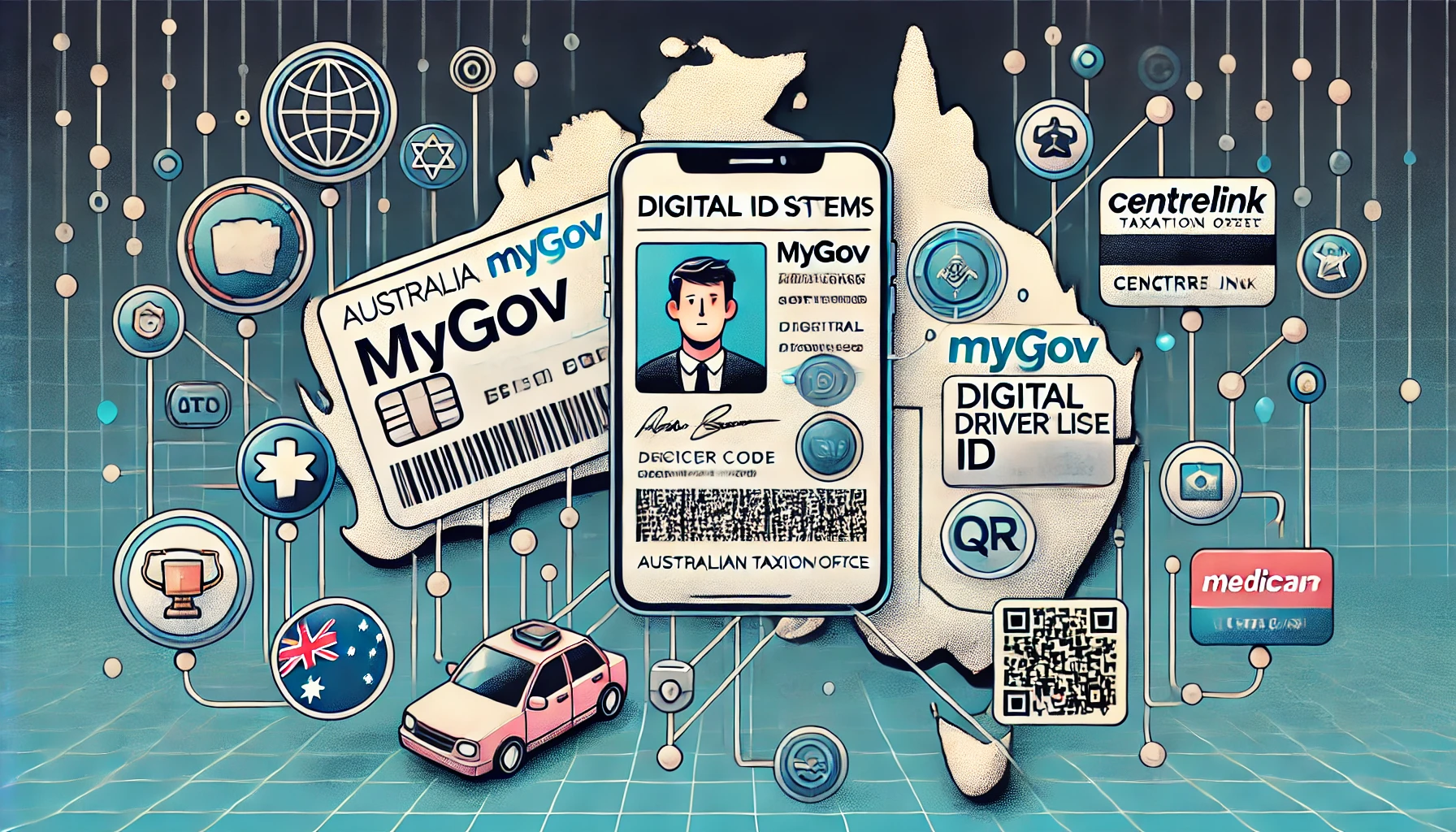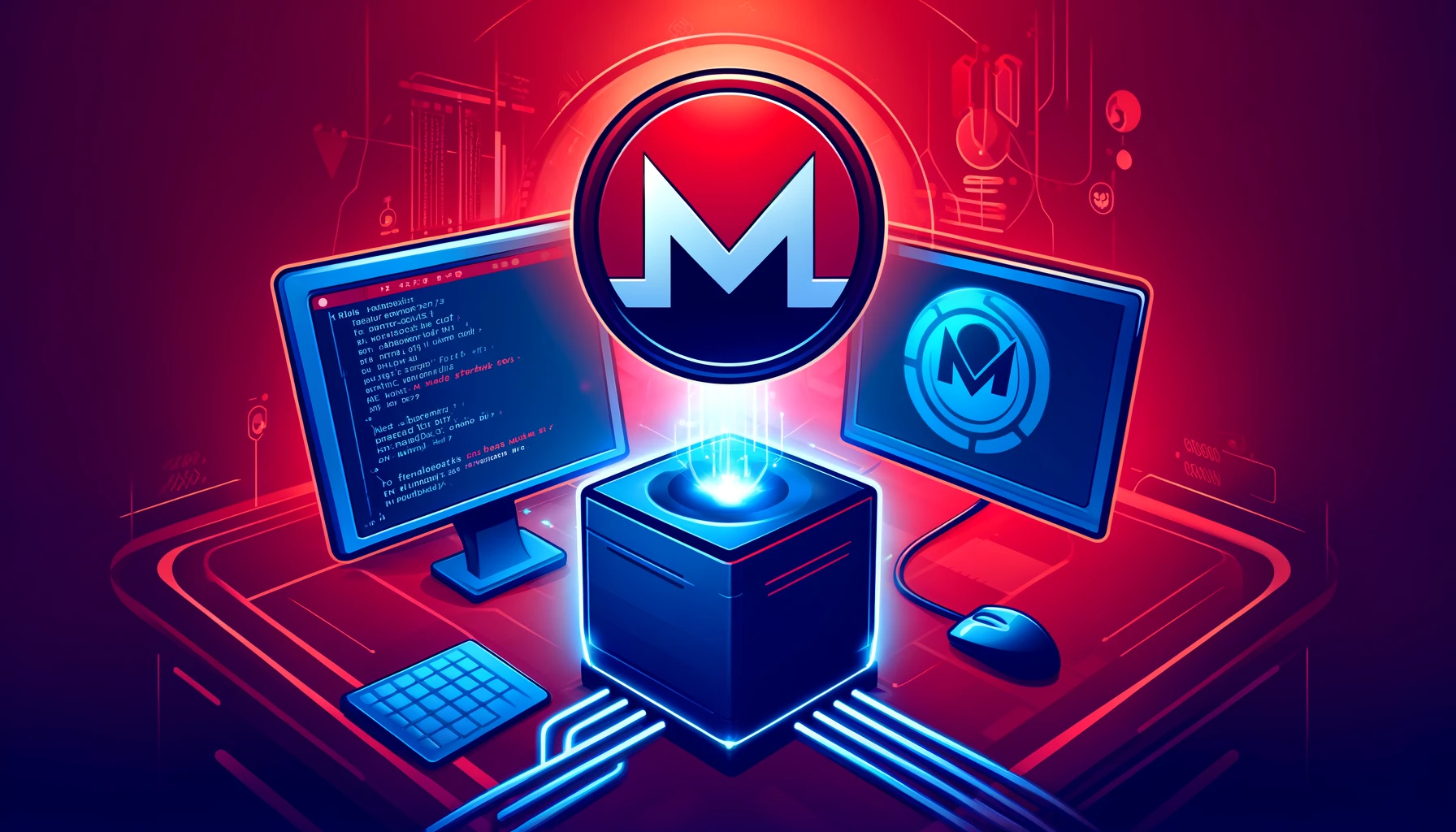In recent years, Australia has witnessed significant advancements in digital identification systems, spearheaded by MyGov and the MyGov app. These systems are central to modernizing the way Australians access government services, ensuring more streamlined, secure, and efficient processes. In this article, we delve into the development of digital ID in Australia, its applications, the MyGov platform, the introduction of Director ID, and the critical role digital ID played during the JobKeeper initiative. Additionally, we will explore the integration of digital IDs with passports, driver’s licenses, QR code systems used during the COVID-19 pandemic, the Online Safety Bill, and the Central Bank Digital Currency (CBDC). We also explore the laws and statistics surrounding digital IDs in the country.
Understanding MyGov and the MyGov App
MyGov, launched in 2013, is a pivotal digital service in Australia designed to provide a single access point for various government services. It allows Australians to link multiple services such as Medicare, Centrelink, and the Australian Taxation Office (ATO) into one secure account. The MyGov app, introduced later, further enhances accessibility by providing a mobile-friendly interface for users to manage their interactions with government services.
Key Features and Services Linked with MyGov
- Single Sign-On: Users can access multiple government services with one set of login credentials, reducing the need for multiple usernames and passwords.
- Secure Messaging: MyGov offers a secure messaging service, enabling users to receive and send messages related to their government interactions safely.
- Document Storage: The platform allows users to store important documents electronically, reducing the need for physical paperwork.
- Linked Services: Services linked with MyGov include Medicare, Centrelink, Child Support, ATO, My Health Record, and the National Disability Insurance Scheme (NDIS).
Director ID: A New Addition to Digital ID
In addition to MyGov, the Australian government has introduced the Director Identification Number (Director ID) as part of its efforts to combat illegal activities such as phoenixing (where a company is deliberately liquidated to avoid paying debts) and improve the integrity of company data.
Understanding Director ID
Director ID is a unique identifier that directors of companies will need to apply for once and keep forever. It is part of the government’s Modernising Business Registers (MBR) program, which aims to unify the various registers managed by the Australian Securities and Investments Commission (ASIC) and provide a more streamlined service.
Key Features of Director ID
- Unique Identifier: Each director receives a unique identifier that remains the same even if they change companies, stop being a director, change their name, or move interstate or overseas.
- Mandatory Requirement: All existing and new directors of companies registered under the Corporations Act 2001 are required to obtain a Director ID.
- Application Process: Directors must verify their identity using their MyGovID, another secure digital ID service, to apply for a Director ID through the Australian Business Registry Services (ABRS) platform.
Verification and Security Measures
Security and verification are paramount in the MyGov system. To create a MyGov account, users must undergo a robust verification process. This includes:
- Identity Verification: Users are required to provide personal information such as their Tax File Number (TFN), Medicare card details, and bank account information for verification.
- Two-Factor Authentication (2FA): MyGov employs 2FA to add an extra layer of security. Users can choose to receive a code via SMS or use an authentication app to verify their identity during login.
- Privacy Measures: MyGov complies with Australian privacy laws and data protection regulations, ensuring that user data is handled with the utmost care and security.
Linkage with Passports, Driver’s Licenses, and QR Code Systems
The integration of digital IDs with passports, driver’s licenses, and QR code systems used during the COVID-19 pandemic has further extended the utility and convenience of digital identification in Australia.
Passports
While MyGov does not directly link to passports, there are ongoing discussions and pilot programs exploring the potential for digital passports. These digital passports would leverage existing digital ID frameworks to provide a more secure and efficient way of verifying identity for international travel.
Driver’s Licenses
Several Australian states have introduced digital driver’s licenses, which can be stored on smartphones and used for identification purposes. These digital licenses are integrated with state transport authorities’ systems and can be linked with MyGov to streamline processes like updating personal details and accessing government services.
QR Code Systems
During the COVID-19 pandemic, QR code systems became a crucial tool for contact tracing and ensuring public safety. Many states mandated the use of QR codes for entry into businesses and public places. These QR code systems often required users to log in using their digital ID or provide personal details verified through digital ID frameworks like MyGov. This integration ensured the accuracy of contact information and facilitated swift tracing efforts when necessary.
Online Safety Bill
The Online Safety Bill, passed in 2021, aims to enhance the online safety of Australians by providing stronger protections against harmful online content and behaviors. Digital IDs, including MyGov, can play a crucial role in implementing and enforcing these protections.
Key Provisions of the Online Safety Bill
- Content Removal: The eSafety Commissioner is empowered to order the removal of harmful online content within 24 hours of notification.
- Adult Cyber Abuse: The bill establishes a scheme to address cyber abuse targeting adults, with digital IDs helping to verify identities and facilitate reporting.
- Safety Measures: Platforms are required to implement safety measures, such as age verification and identity verification, which can be supported by digital ID frameworks like MyGov.
Central Bank Digital Currency (CBDC)
The Reserve Bank of Australia (RBA) is exploring the potential for a Central Bank Digital Currency (CBDC) as part of its efforts to modernize the financial system. A CBDC would be a digital form of the Australian dollar, issued and regulated by the RBA. The integration of a CBDC with digital ID systems could offer numerous benefits.
Benefits of Integrating CBDC with Digital IDs
- Enhanced Security: Linking CBDC transactions to verified digital IDs can reduce the risk of fraud and ensure secure transactions.
- Improved Accessibility: A CBDC integrated with digital IDs can make financial services more accessible to underserved populations by providing a secure and convenient way to access banking services.
- Streamlined Processes: The integration can simplify compliance with regulatory requirements by automating verification and reporting processes.
Digital ID Laws and Regulations
The development and implementation of digital IDs in Australia are governed by several laws and regulations to ensure privacy and security. Key legislations include:
- Privacy Act 1988: This act regulates the handling of personal information by government agencies and private organizations, ensuring the protection of individuals’ privacy.
- Digital Transformation Agency (DTA): Established in 2015, the DTA is responsible for leading the digital transformation of government services, including the development of digital ID frameworks.
- Trusted Digital Identity Framework (TDIF): Developed by the DTA, the TDIF provides a set of standards and guidelines for the creation and management of digital identities, ensuring they are secure, user-friendly, and privacy-compliant.
- Corporations Act 2001: This act governs corporate law in Australia, including the requirement for directors to obtain a Director ID.
- Online Safety Bill: This legislation enhances online safety protections and leverages digital IDs for implementing age and identity verification measures.
JobKeeper and the Role of Digital IDs
The COVID-19 pandemic brought unprecedented restrictions to privacy, freedom and liberty, enacting swift and coordination government response and overreach. One of the key initiatives introduced was the JobKeeper Payment scheme, designed to support businesses and individuals affected by the pandemic. Digital IDs, particularly through MyGov, played a crucial role in the administration of JobKeeper.
- Streamlined Application Process: Businesses and employees could easily access the JobKeeper scheme through their MyGov accounts, ensuring a swift and efficient application process.
- Secure Payments: By linking their MyGov accounts to the ATO, eligible individuals and businesses could receive payments securely, reducing the risk of fraud and errors.
- Real-Time Updates: Users received real-time updates and notifications regarding their JobKeeper applications and payments through the MyGov app, ensuring transparency and timely communication.
Statistics and Impact
The adoption of MyGov and digital IDs has grown significantly over the years. According to the Australian Digital Health Agency, over 20 million Australians have a MyGov account as of 2023. This widespread adoption highlights the platform’s importance in everyday interactions with government services.
Additionally, during the peak of the COVID-19 pandemic, millions of Australians relied on MyGov for accessing JobKeeper and other support measures. The ease of access and security provided by the platform were instrumental in delivering timely assistance to those in need.
Future of Digital ID in Australia
The future of digital ID in Australia looks promising, with ongoing efforts to enhance and expand the capabilities of MyGov and the MyGov app. The government is continuously working on improving security measures, user experience, and integrating more services into the platform. Upcoming initiatives include:
- Enhanced Biometrics: The introduction of advanced biometric authentication methods, such as facial recognition, to further secure user identities.
- Interoperability: Efforts to ensure that MyGov can seamlessly interact with other digital identity systems, both within Australia and internationally.
- Expanded Services: Adding more government and private sector services to the MyGov platform, making it a one-stop solution for various needs.
- Integration with CBDC: Exploring the integration of a Central Bank Digital Currency with digital IDs to enhance financial security and accessibility.
Digital ID systems like MyGov, the MyGov app, and the Director ID have revolutionized the way Australians interact with government services. From providing a secure and efficient platform for accessing multiple services to playing a critical role in administering support during the COVID-19 pandemic, digital IDs have become an integral part of Australia’s digital transformation. The integration with passports, driver’s licenses, QR code systems, and potential Central Bank Digital Currency (CBDC) initiatives has further extended the reach and utility of digital IDs. With ongoing advancements and a strong regulatory framework, the future of digital ID in Australia promises even greater convenience, security, and accessibility for all Australians.
References
- Australian Digital Health Agency. “MyGov: A Single Access Point for Government Services.” Accessed July 2023. https://www.digitalhealth.gov.au/
- Digital Transformation Agency. “Trusted Digital Identity Framework (TDIF).” Accessed July 2023. https://www.dta.gov.au/
- Australian Government. “Privacy Act 1988.” Accessed July 2023. https://www.legislation.gov.au/
- Australian Taxation Office. “JobKeeper Payment.” Accessed July 2023. https://www.ato.gov.au/
- Australian Business Registry Services. “Director Identification Number.” Accessed July 2023. https://www.abrs.gov.au/director-identification-number
- Australian Securities and Investments Commission. “Modernising Business Registers Program.” Accessed July 2023. https://asic.gov.au/for-business/modernising-business-registers/
- Transport for NSW. “Digital Driver Licence.” Accessed July 2023. https://www.service.nsw.gov.au/
- Department of Home Affairs. “Digital Passenger Declaration.” Accessed July 2023. https://www.homeaffairs.gov.au/
- Australian Government. “Online Safety Bill 2021.” Accessed July 2023. https://www.legislation.gov.au/
- Reserve Bank of Australia. “Exploring a Digital Australian Dollar.” Accessed July 2023. https://www.rba.gov.au/
Discover more from Kango Anywhere
Subscribe to get the latest posts sent to your email.




